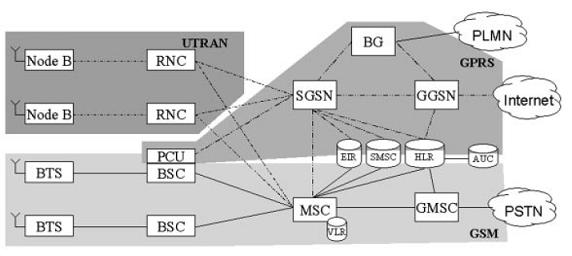
Isfahan University of Technology
Protocols and Network Aspects of SDR
H. Narimani
course project spring 2007
| |
| Home |
| Refrences |
| Relevant Sites and Projects |
| About Us |
| Access Networks | |
The features of these different access technologies such as GSM, DECT, UMTS, S-UMTS etc.,are completely diverse: they are varied in their carrier frequencies and bandwidths, coding and modulation schemes, QoS provision and guarantees, and in their signaling structures and service types. Furthermore,these access networks assume different business models and use a variety of billing and accounting structures. With such a plethora of access schemes how might we, in reality, provide seamless access for users/terminals roaming across these networks? The availability of truly software defined radios could potentially deliver a commercially sensible and practical solution that could adapt to all possible access networks.Significant problems still remain, however, such as the interoperability between the different networks and issues like cross access technology roaming, billing for the different services, and network prioritization, in the case of a user served by several different networks and requiring a certain QoS guarantee. The development of the universal mobile telecommunications service (UMTS) standard points towards a possible approach. UMTS licenses granted so far require that a communication connection via the UTRAN (UMTS terrestrial radio access network) must not be terminated because of [an initially expected] fragmentary network coverage. This requirement has led to the standardization of a one-way ‘in-call’ intersystem roaming from UTRAN to GSM networks. Unfortunately, with current networking realities, this approach is a result of the evolution from GSM to UMTS, whereby UTRAN uses the GSM and GPRS networks as a backbone (see figure) beyond its radio network controllers (RNCs). Apart from that, the approach is only valid for the particular case of UMTS to GSM roaming; it does not support in-call roaming from GSM to UMTS.
|
|
|
|
A network access and connectivity channel (NACCH), a ‘bootstrap’ or a global/universal control channel (UCCH), as introduced in a previous section, bear the capability to close this gap between the access networks and to introduce the desired seamlessness between these wireless access networks. |
|


